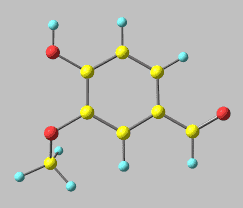 Chemicals enter the body in many different ways, food, drugs, skin exposure, but we are constantly breathing and inhaling whatever is in our immediate environment through the air. Any harmful chemical that enters the body has to be eliminated. This process is carried out by a range of biological pathways and organ systems in the body. Some believe that chemical sensitivity develops when these body functions cannot keep up with the demand or are functioning improperly.
Chemicals enter the body in many different ways, food, drugs, skin exposure, but we are constantly breathing and inhaling whatever is in our immediate environment through the air. Any harmful chemical that enters the body has to be eliminated. This process is carried out by a range of biological pathways and organ systems in the body. Some believe that chemical sensitivity develops when these body functions cannot keep up with the demand or are functioning improperly.
Chemical sensitivity appears to develop in individuals who are prone to have the more traditional allergies or have asthma, eczema, or other related conditions and are very sensitive to a wide range of chemical stimuli. Even strong smells may cause respiratory problems for an individual when they are dealing with an environmental illness.
Headaches from perfumes, nausea from paint smells, and dizziness or lightheadedness from chemical odors can be some of the early signs and symptoms for someone who overtime develops a more serious chemical sensitivity. In some instances, multiple chemical sensitivity (MCS) appears after an acute exposure to a high level of a particular chemical which then appears to “spread” to other related chemicals as triggers.
Unfortunately, the true mechanism of chemical sensitivity is not known, but the effects for individuals dealing with symptoms are very real. The ability of the body to detoxify and get rid of chemicals, combined with an increased sensitivity to the effects of these chemicals on the body is difficult to manage and can often become debilitating. Many individuals turn to detoxification methods and limiting exposure as ways to cope with their environment.
Timilon shares the belief that limiting exposure is one of the best strategies for an individual with environmental illness and chemical sensitivities. We are constantly breathing and the world around us is full of chemical pollution, odors, and fragrances. Individuals can make choices for the foods, medicines, and other things they ingest, but it is much more challenging to choose what is in the air we are breathing. Air filtration devices do a great job of removing particulate matter, but chemicals and odors are not easily caught by sized-based filtration technology. To learn more about mold dangers and what toxic mold syndrome is, take a look at our detailed article.
Timilon believes the best methods, products, and technologies should offer the ability to chemically dismantle a wide range of undesirable chemical compounds in addition to the particulates. Compounds such as fragrances, chemical smoke, volatile organic compounds (VOC), and pesticides, just to name a few, are all comprised of a wide range of chemicals that are not trapped or broken down by traditional filtration technology.







